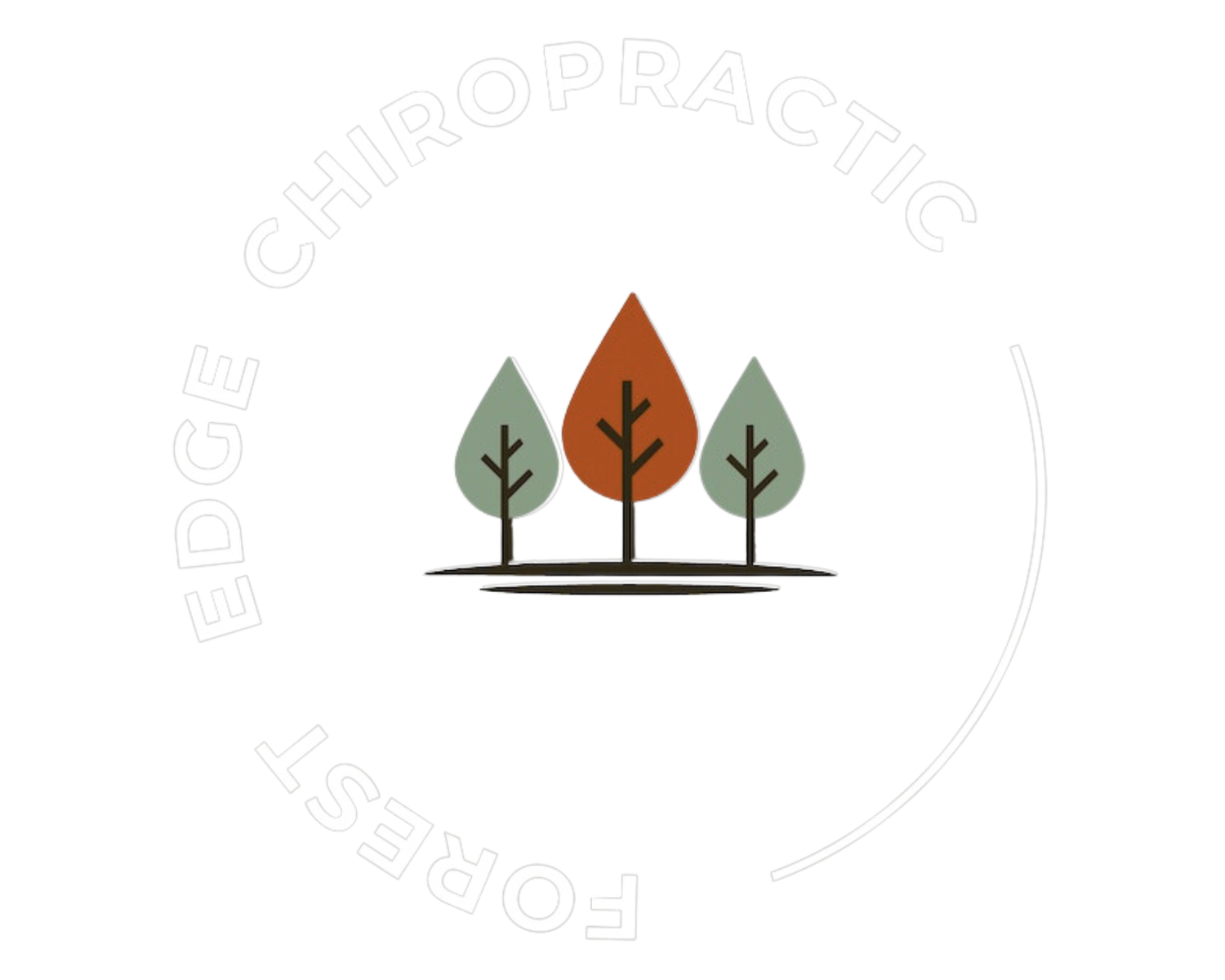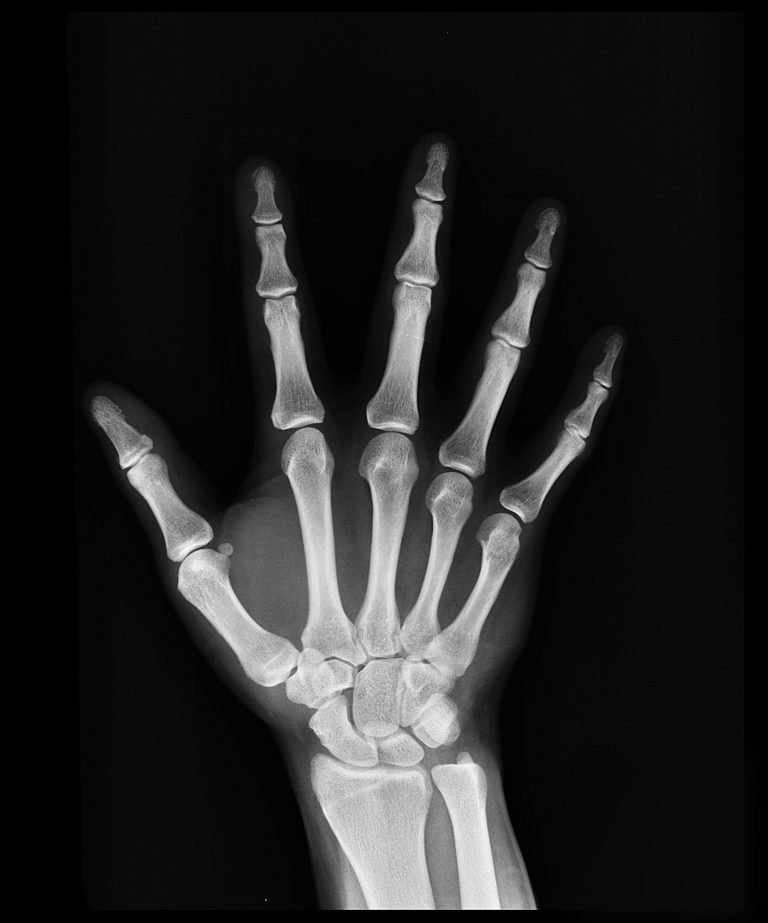Vitamin D and your bone health
As we say hello to all the cosiness of autumn, we do say goodbye to the sunshine. And with that decreasing day length, comes a decreased exposure to sunlight, and therefore more limited opportunities to make vitamin D.
x-ray of a hand
Vitamin D has been shown in many studies to have positive effects on your bone health. When we talk about bone health, we’re talking about reducing your risk of developing osteoporosis (OP), osteomalacia (OM) and Rickett’s disease (RD). Bone constantly remodels during our lives, based on the load we place on it. Regular weight-bearing exercise has been shown to reduce our risk of developing OP, and that’s because our bones respond to how we use them, recognise that they need to be stronger to support our bodies during exercise, and therefore lay down extra bone in order to cope.
However, your bones cannot do that without an adequate supply of calcium, which is primarily what our bones are made from. And we cannot absorb calcium without vitD. Calcium is absorbed in the jejunum and dudodenum (upper GI tract). It’s worth noting that calcium and vitD need a ready source of healthy (polyunsaturated)fats in order to be absorbed efficiently.
Once absorbed, vitD has other roles in the body. It reduces inflammation, helps in immune system function, neuromuscular function, and cell growth. VitD deficiency has also been shown to cause muscle weakness and pains. There have been some studies linking vitD deficiency with depression, although the science is not conclusive in this area and more studies are needed.
So where do we get vitamin D from? By far the most efficient way we get vitD is by exposing our skin to sunlight. We needto have bare skin exposed to the sun daily for between 15-30 minutes, between the hours of 11am and 3pm. Now obviously we need to take care not to burn our skin. However, suncream does reduce the efficiency of our skin to make vitD. It’s worth noting that in the UK, the sun is not strong enough between October and April to allow us to make sufficient vitD. Hence the need to supplement! Darker skins, which contain more melanin, are also less efficient at producing vitD.
There are some dietary sources of vitD. Fatty fish liver (cod liver oils etc) are the best source. The flesh of fatty fish –salmon, tuna, mackerel, is another good source. Beef liver, egg yolks and mushrooms are sources of smaller amounts of vitD.
So – how much do you need? Most supplemental sources are listed in “IU” – international units. Recommended daily intake is between 600-1000IU. You may see some brands who list micrograms(mcg), in which case you need 15-25mcg daily. Upper limits are 4000IU/100mcg daily. Toxicity is possible, but very rare.
Because vitD is fat soluble, people with a BMI of >30 are recommended to take 1000IU. People who have fat absorption issues such as Cystic Fibrosis, Crohn’s disease, Coeliac disease, Ulcerative Colitis, are more at risk of vitD deficiency. It is recommended that these individuals supplement with vitD, but if you’re unsure, please speak to your doctor.
Remember that supplementing should never be a replacement fora healthy, balanced diet and adequate exercise. But realistically, most of us will need to supplement vitD in the UK during the autumn and winter months.
VitD is widely available, but if you’re interested in the quality of your supplements, check out this GREAT site which tests supplements against their claims, based on such things as label accuracy, ingredient safety etc. It’s based in North America, but many products are available in the UK.
If you’d like to know your vitD levels, this NHS laboratory does offer a private test kit, which costs £31. It gets sent to your house, you do a simple finger prick and send it back. Results come via email within about a week. (I’m sure other tests are available!!) This is a good time of year to test yourself, given that we’re coming out of summer, and your levels should be about as good as they’re going to get!

